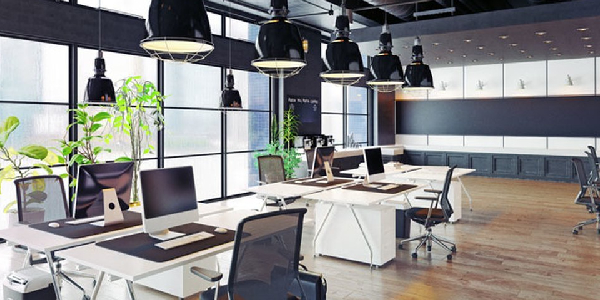New Workplaces And The Future Of Work:

The Ergonomics Of Office Furniture
May 24, 2021
How to Optimize Your Workspace for Healthy Office Ergonomics
May 24, 2021➤ The COVID 19 pandemic has changed our lives in many ways, one of which is our sense of cleanliness. In supermarkets, hand disinfectants, hand cleaners, disinfectants and wipes are difficult, if not impossible to find.
➤ It is a physical problem that comes with a lot of mental and emotional baggage. We are concerned not only about visible dirt, but also about contagious viruses and invisible germs that we want to eradicate.
➤ A silver lining by wood office furniture manufacturers is that a new dialogue between producers and facility managers is emerging.
➤ Companies are looking at ways to help workers return to work, and the methods we are cleaning, disinfecting and disinfecting, which have not changed, are becoming more transparent.
➤ The first step is to solve the puzzle of what “cleaning up the office” really means.
➤ In addition to accompanying brochures and manuals, information on cleaning items used in a variety of furniture applications was included.
➤ It may be tempting to dismiss this information, but its need is there.
➤ Emphasis on infection prevention information is incorporated into product information to make it more user-friendly, and this renewed emphasis is beneficial, supported by dialogue between materials experts and occupational hygiene leaders around the world. Experts in steel housing surface materials recommend checking the labels of our clothes before washing them.
➤ We should check cleaning instructions for textiles and surfaces at work and use solutions that are less harmful and more effective.
➤ The terms “washing,” “disinfecting” and “disinfecting” are not synonymous. As new scientific discoveries are made about the transmission of viruses, we learn more about how to stop the spread of viruses.
➤ After more than a century of evaluating our products in internal laboratories, we share what we know to help describe such uses and misuse of terms.
➤ During cleaning, soap, detergents and water are used to remove germs, dirt and impurities from surfaces and objects.
➤ Disinfectants such as EPA-registered disinfectants are used to remove germs from surfaces.
➤ Cleaning does not disinfect dirty surfaces and does not kill germs; it minimizes the risk of infection and spread by killing germs on surfaces before washing. It does not kill the germs, but it reduces their number and the likelihood that infections will spread.
➤ The remediation of surfaces and artifacts reduces the number of germs on them to a safe level.
➤ The process of cleaning and disinfecting surfaces and objects reduces the risk of contamination. Cleaning agents are used to remove stains, not disinfectants and vice versa.
➤ Organisations should discuss what substances they will add in the future to clean current products.
➤ The good news is that when they need to clean, disinfect, or bleach a cleansing product, they are not limited to the few clinically clinically sounding options. Washing, disinfection and antimicrobial additives are frequently asked questions.
➤ The ability of a substance to kill or prevent the growth or action of micro organisms such as bacteria, fungi and viruses is known as antimicrobial activity.
➤ Antimicrobial substances can be obtained from materials with intrinsic properties, physical structures or chemical additives.
➤ They can target a specific group of micro organisms (antibacterial, anti fungal or antiviral), a single member of a species or an entire population. It is important to antimicrobials have no function and are not recommended for everyone.
➤ Not all organizations use antimicrobials, but the best way to avoid contamination is to clean and disinfect surfaces and remind staff to wash their hands.
➤ Antimicrobial additive technologies are being developed, and product manufacturers such as DeSigntex are exploring new insights and technologies.
➤ Customers need antimicrobial additives for steel housings with contact-intensive surfaces as well as antimicrobial additives such as seat fabric and laminated work surfaces. Some antimicrobial approaches are available for tissue surfaces, but they have not been shown to destroy or inhibit viruses such as the coronavirus.
➤ Materials that have been tested for cleaning and disinfection have not yet been tested.
➤ The coronavirus has accelerated research in to how disinfection solutions have a positive effect on materials.
➤ We track, update and analyze solutions and their impact across our materials portfolio, Designtex and partner network




